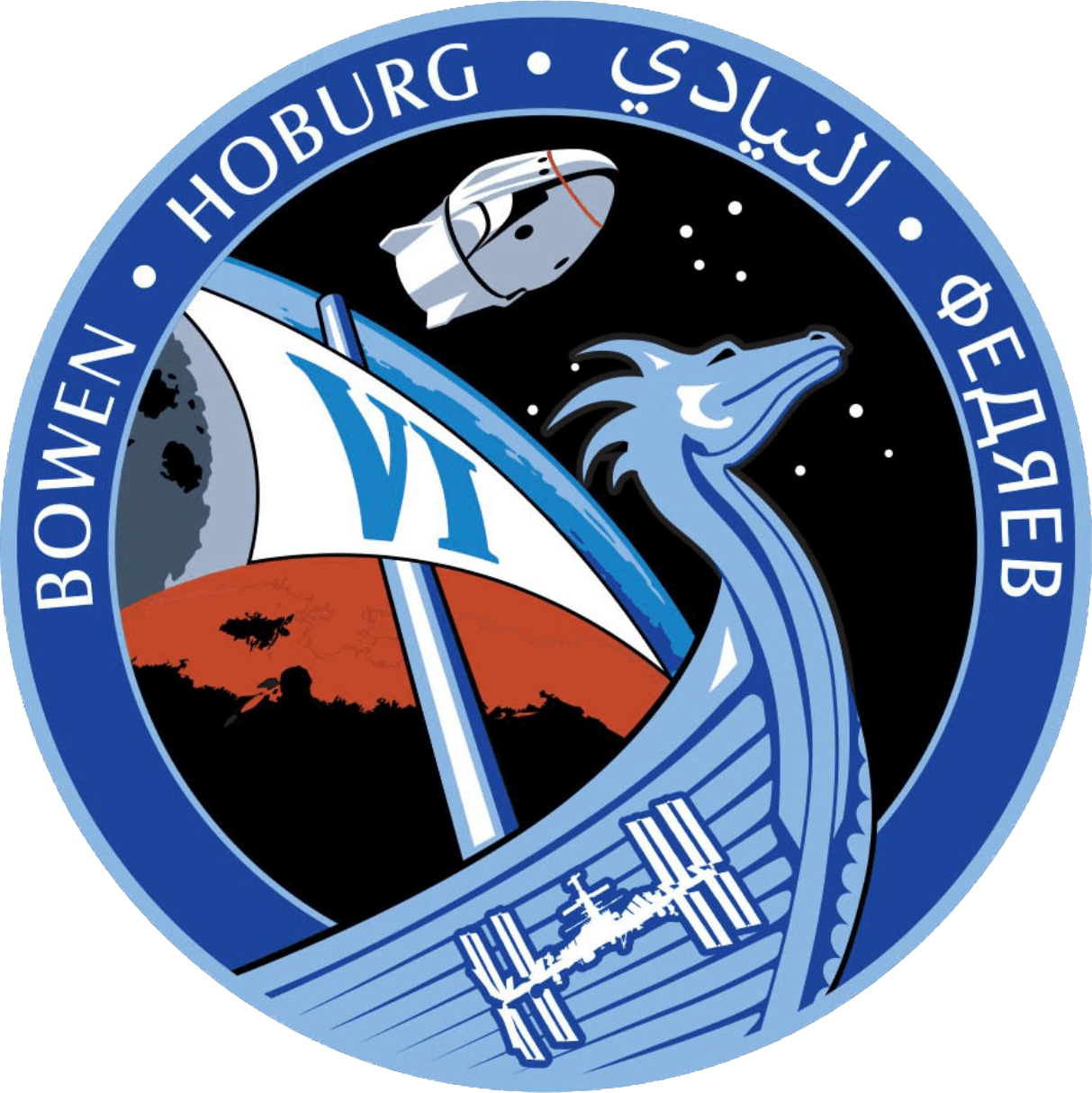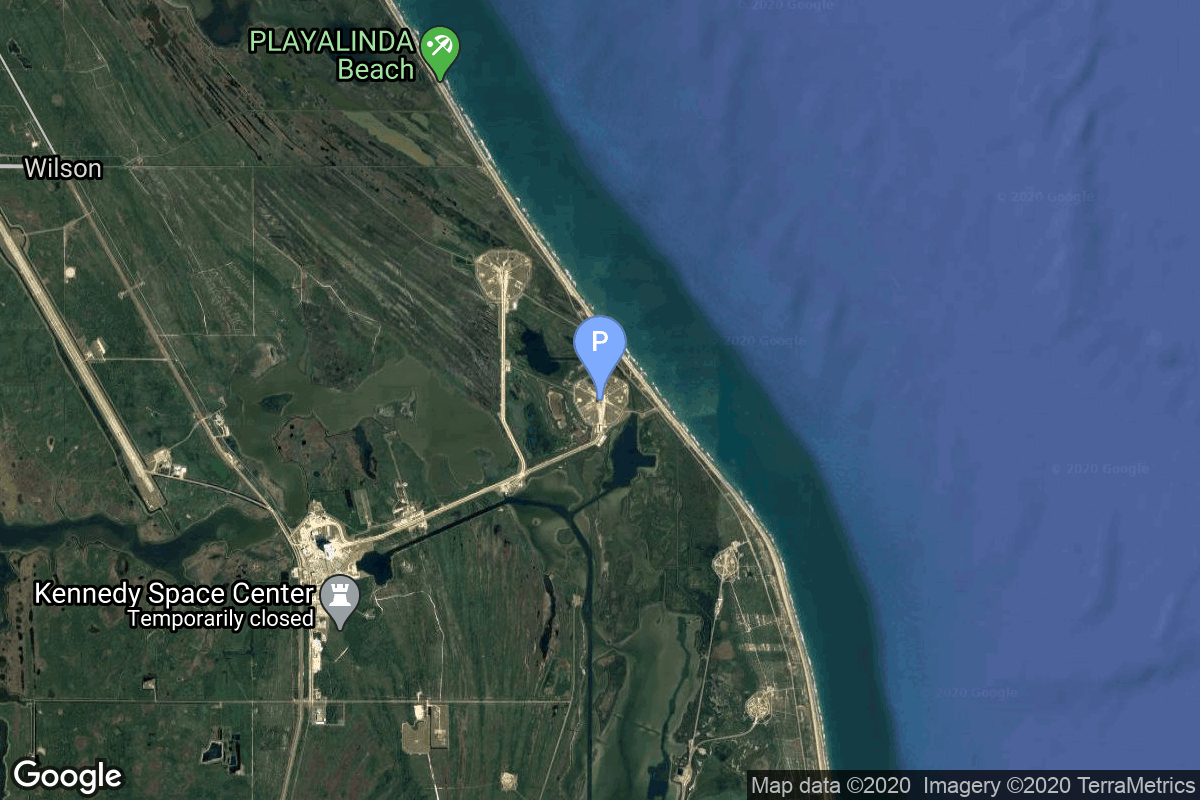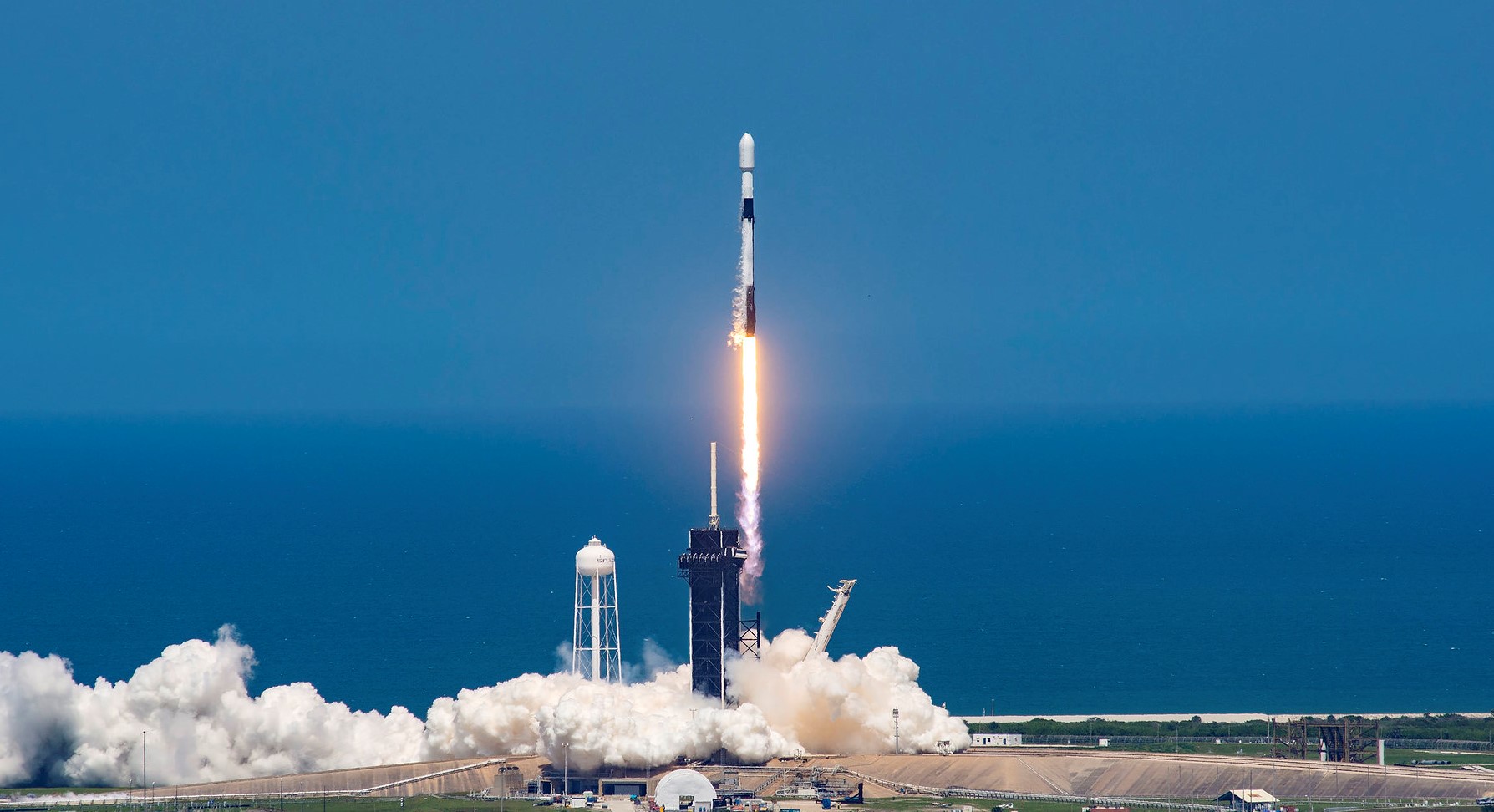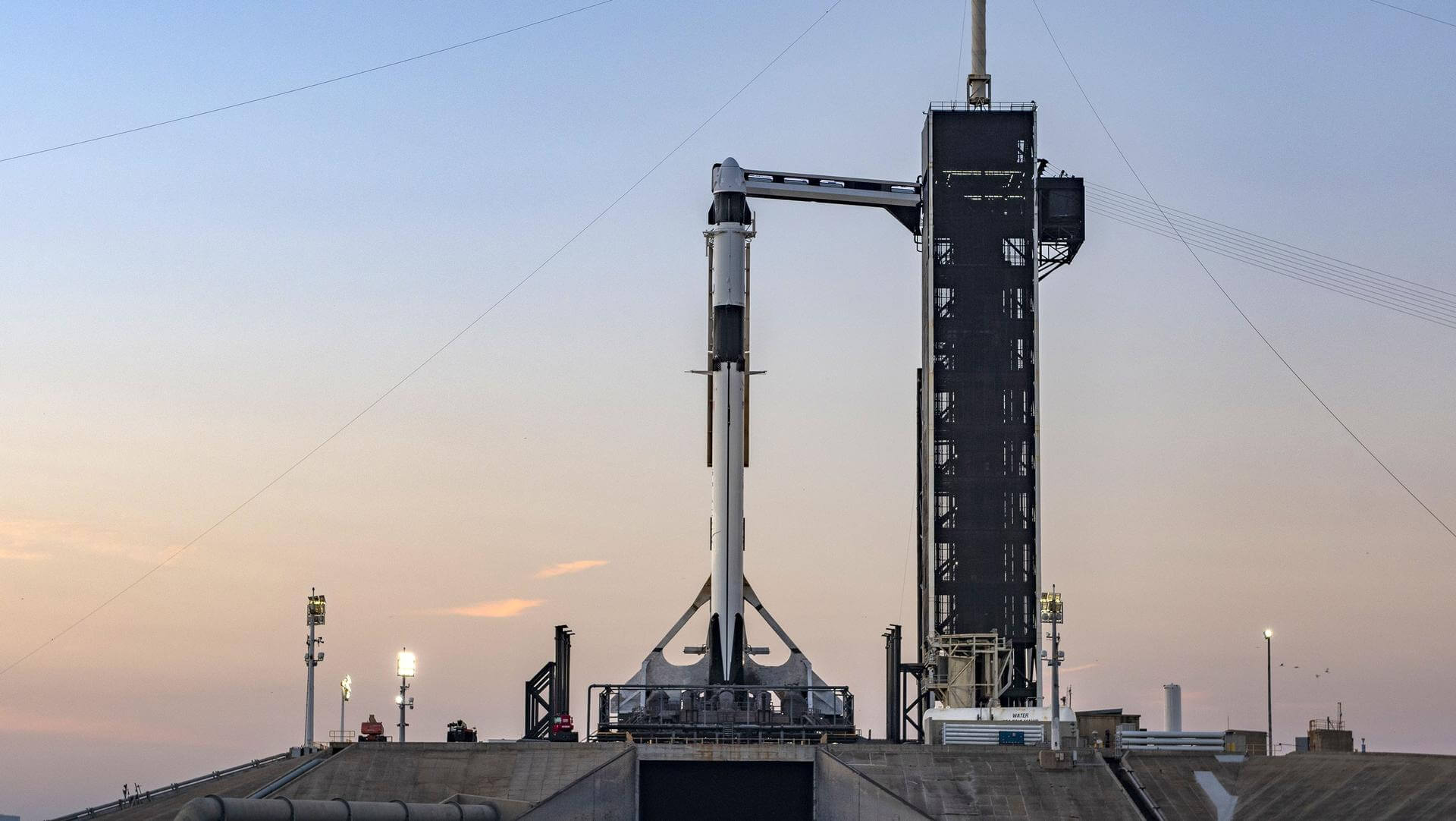Crew-6
Falcon 9 Block 5
SpaceX
Weather Forecast During Launch
According to weather officials, there’s a 95% chance of favorable weather conditions at the time of the launch.
Crew

Stephen Bowen
- Birthday: 02/13/1964
- Role: Spacecraft Commander
- Nationality: American
- First Flight: 11/15/2008
- Last Flight: 03/02/2023
Stephen Gerard Bowen is a United States Navy submariner and a NASA astronaut; he was the second submariner to travel into space. Bowen has been on three spaceflights, all of which were Space Shuttle missions to the International Space Station. His first mission, STS-126, took place in November 2008, and his second was STS-132 in May 2010.
In March 2011, Bowen completed his third spaceflight as a Mission Specialist on STS-133, which was Space Shuttle Discovery’s final planned flight. Having flown on both STS-132 and STS-133, Bowen became the first and only astronaut to fly on consecutive shuttle missions. Originally Tim Kopra was scheduled to fly on STS-133, but Kopra had a bicycle injury shortly before the mission, and so he was replaced by Bowen.
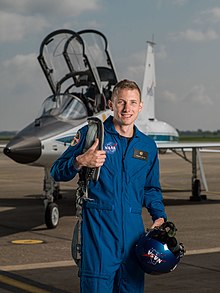
Warren Hoburg
- Birthday: 09/16/1985
- Role: Pilot
- Nationality: American
- First Flight: 03/02/2023
- Last Flight: 03/02/2023
Warren Woodrow “Woody” Hoburg is an American engineer and NASA astronaut of the class of 2017.
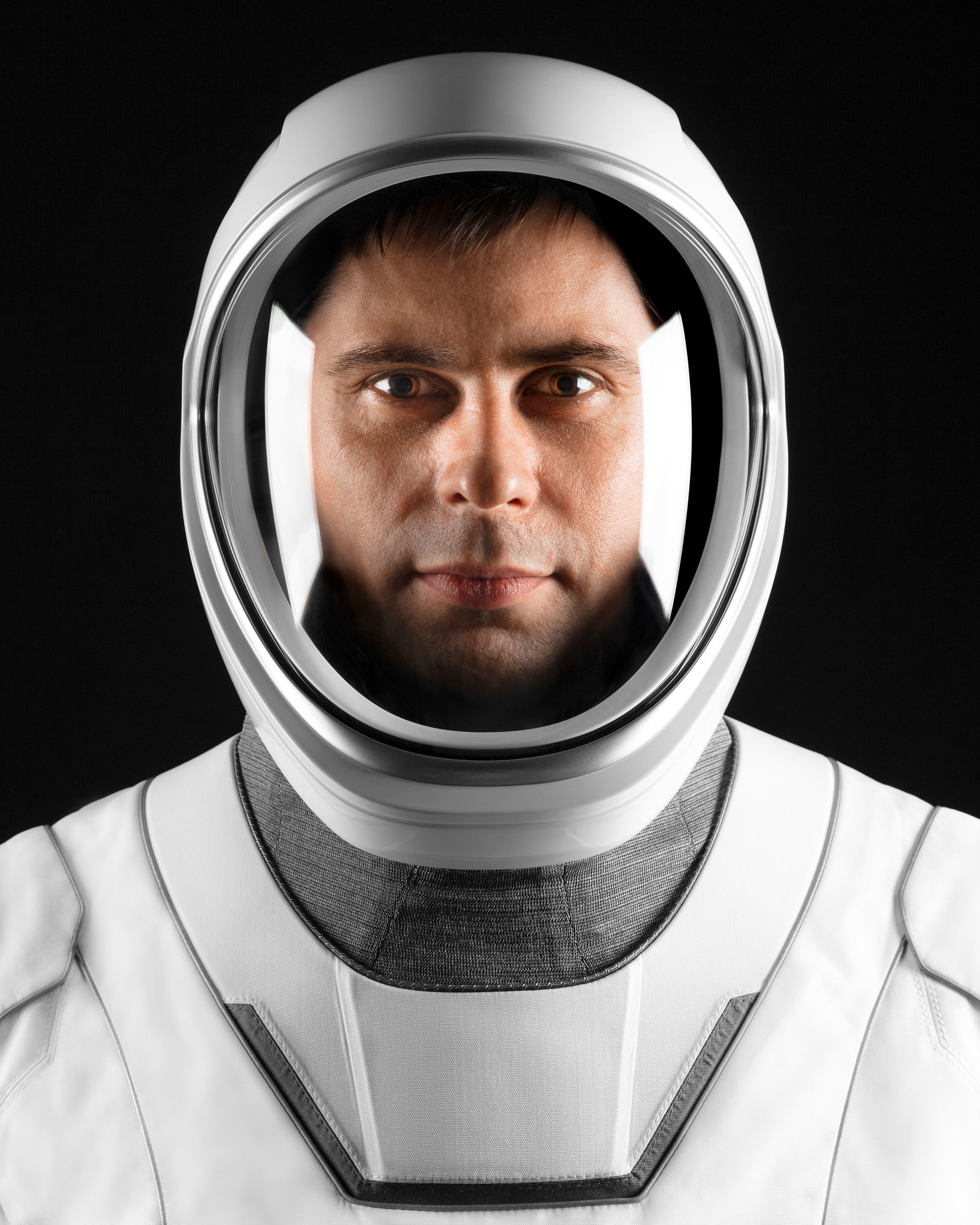
Andrei Fedyaev
- Birthday: 02/26/1981
- Role: Mission Specialist
- Nationality: Russian
- First Flight: 03/02/2023
- Last Flight: 03/02/2023
Andrei Valerievich Fedyaev (Андрей Валерьевич Федяев) is a Russian cosmonaut. He was a military pilot prior to retiring from Air Force in 2013, and was selected as a cosmonaut in 2012.
ISS-69 expedition will be Fedyaev’s first spaceflight.
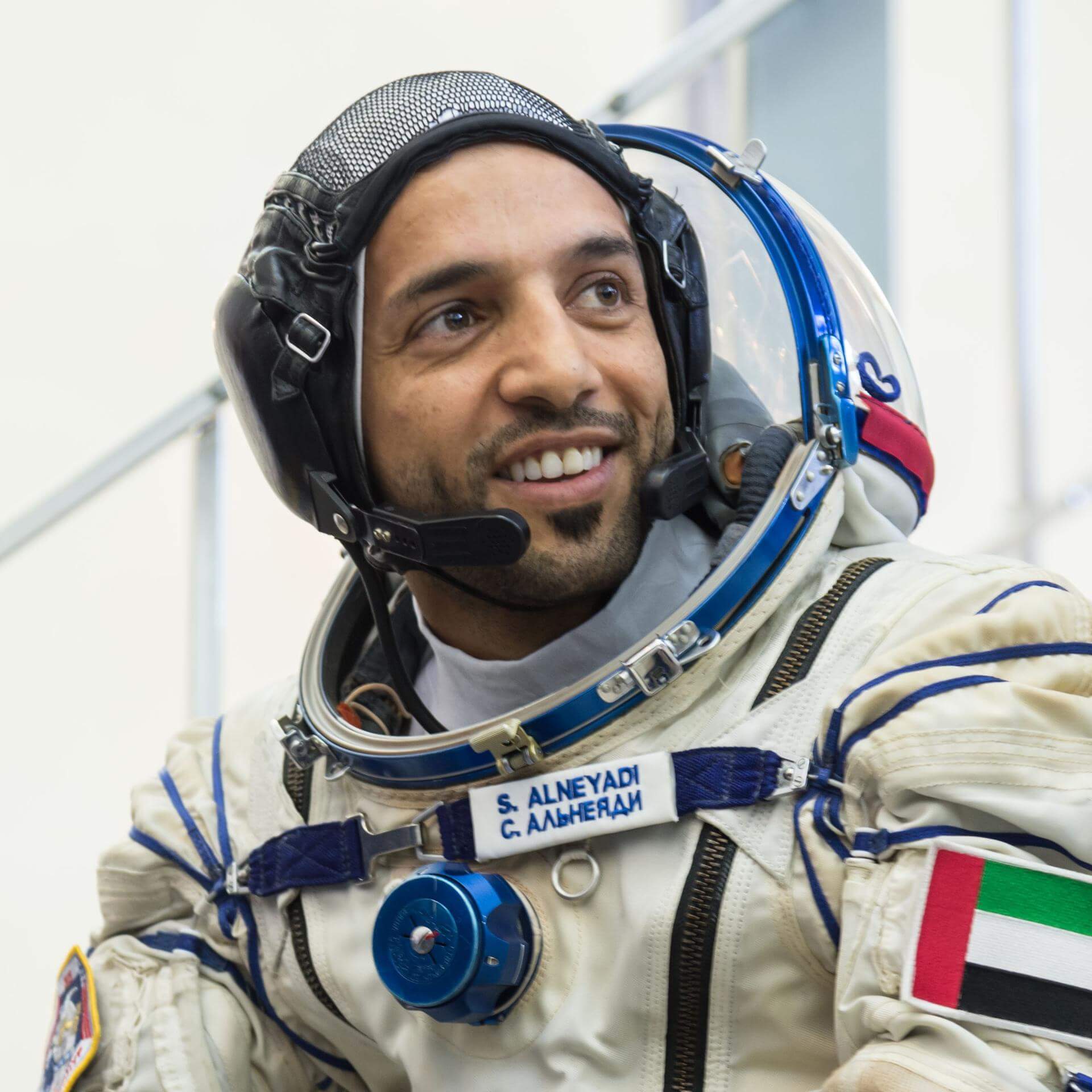
Sultan Al Neyadi
- Birthday: 05/23/1981
- Role: Mission Specialist
- Nationality: Emirati
- First Flight: 03/02/2023
- Last Flight: 03/02/2023
Sultan AlNeyadi is one of the first two astronauts from the United Arab Emirates, along with Hazza Al Mansouri.
Trajectory
View comprehensive details including the rocket’s trajectory, velocity, altitude, thrust, and more at FlightClub.io.
Mission
Location
Rocket
Landing
Core B1078
Booster B1078 last launched 03/25/2024 and has seen 8 successful launches and landings. Falcon 9 Block 5 booster first used for the Crew-6 mission.
Just Read the Instructions – JRTI
Third (Marmac 303) ASDS barge, Just Read the Instructions (JRTI) is currently used to recover Falcon 9 and Heavy boosters in the Altantic Ocean.
Autonomous Spaceport Drone Ship – ASDS
An autonomous spaceport drone ship (ASDS) is an ocean-going vessel derived from a deck barge, outfitted with station-keeping engines and a large landing platform. Construction of such ships was commissioned by aerospace company SpaceX to allow for recovery of rocket first-stages at sea for high-velocity missions which do not carry enough fuel to return to the launch site after lofting spacecraft onto an orbital trajectory.
Agency
SpaceX
Space Exploration Technologies Corp., known as SpaceX, is an American aerospace manufacturer and space transport services company headquartered in Hawthorne, California. It was founded in 2002 by entrepreneur Elon Musk with the goal of reducing space transportation costs and enabling the colonization of Mars. SpaceX operates from many pads, on the East Coast of the US they operate from SLC-40 at Cape Canaveral Space Force Station and historic LC-39A at Kennedy Space Center. They also operate from SLC-4E at Vandenberg Space Force Base, California, usually for polar launches. Another launch site is being developed at Boca Chica, Texas.
